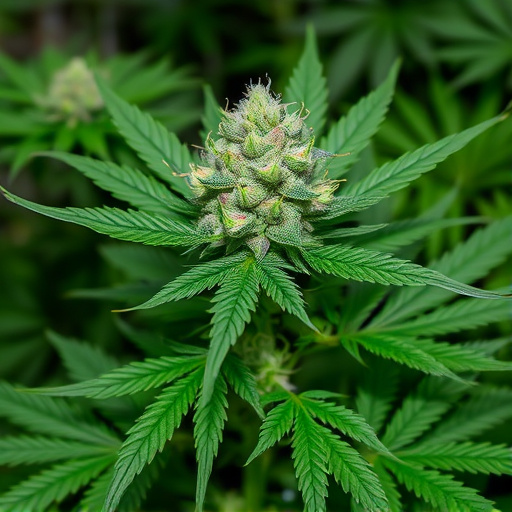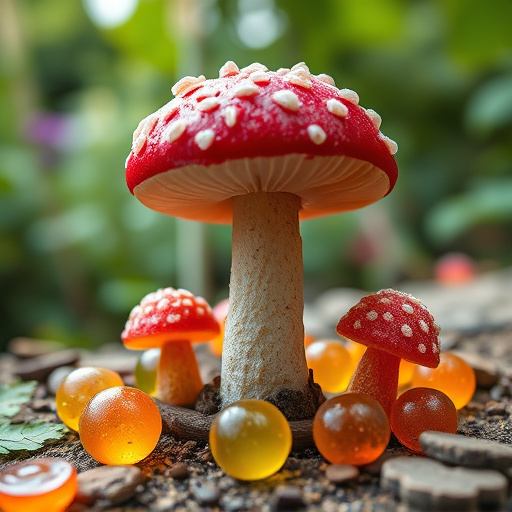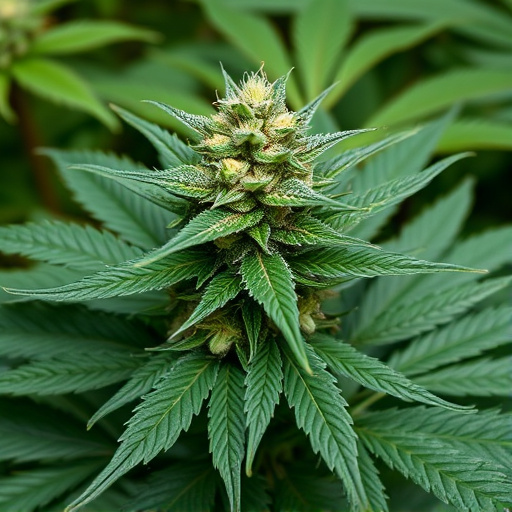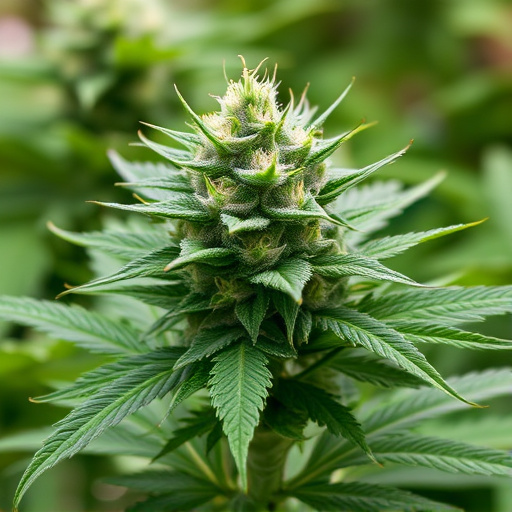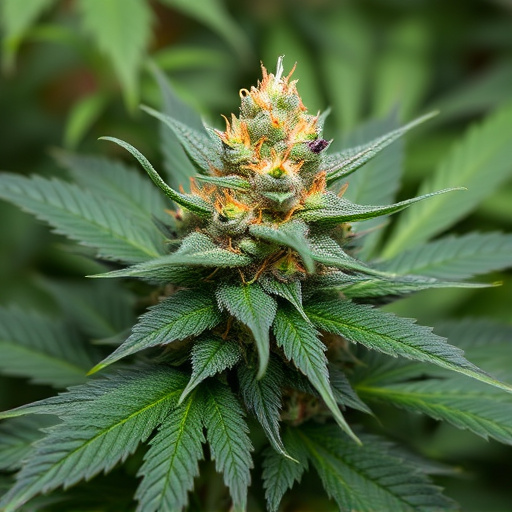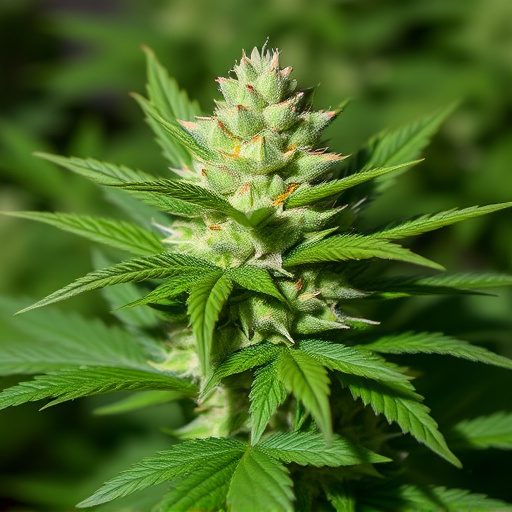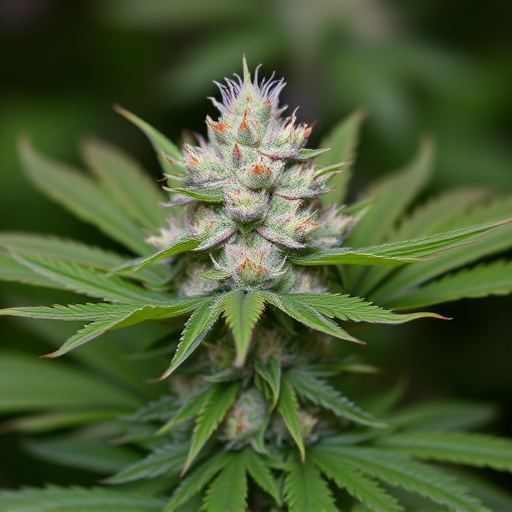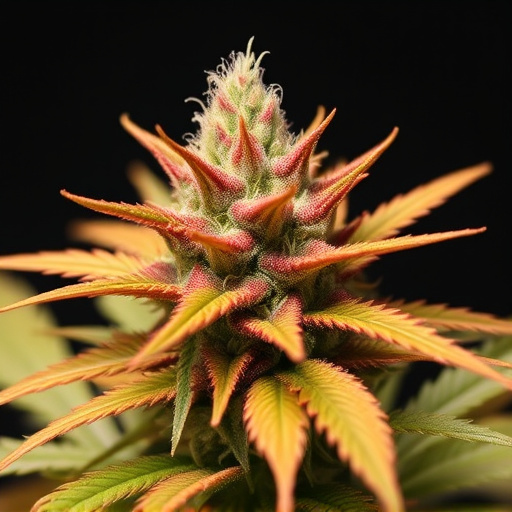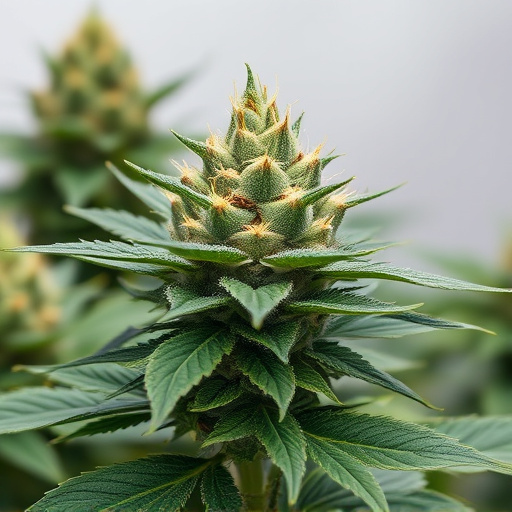The climate and geography of a region significantly impact the growth and characteristics of cannabis plants, including their cannabinoid profiles and terpene compositions. Mild temperate climates generally favor balanced cannabinoids like THC and CBD, while warmer areas produce higher THC levels. Geographical factors such as elevation, soil composition, and water proximity contribute to unique best hybrid cannabis strains. Higher elevations support high-CBD varieties due to cooler temperatures, while lower elevations with rich soils foster fast-growing high-THC strains. Environmental conditions like sunlight, temperature (65-85°F/18-29°C), humidity (40-60%), and soil composition are critical for plant health, yield, and the development of sought-after best hybrid cannabis strains. Cultivators can optimize strain growth by meticulously adjusting these factors to suit individual needs, enhancing aroma, taste, and potency.
“Unveiling the Secrets of Premium Cannabis: Exploring Environmental Factors
The quality of cannabis is not solely determined by genetics, but significantly influenced by its growing environment. This article delves into the intricate relationship between nature and this lucrative crop. We examine how climate and geography play a pivotal role in cultivation, with specific strain requirements. Furthermore, we explore soil science, highlighting nutrient management techniques for optimal growth.
Vertical farming and controlled environments emerge as game-changers, enhancing quality through precise cultivation methods. Discover how these innovative practices cater to diverse cannabis needs, including top-rated hybrid strains.”
- The Role of Climate and Geography in Cannabis Cultivation
- – Discussion on how natural environment influences cannabis growth
- – Specific climate requirements for different cannabis strains
The Role of Climate and Geography in Cannabis Cultivation
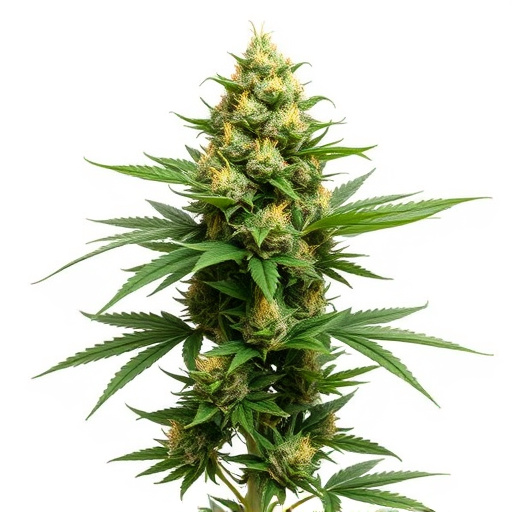
The climate and geography of a region play a pivotal role in shaping the quality and characteristics of cannabis plants. Cannabis cultivation is highly sensitive to environmental factors, which can influence everything from plant growth rate to terpene profiles and cannabinoid concentrations. For instance, regions with mild, temperate climates often produce cannabis with balanced cannabinoids like THC and CBD, while warmer, sunnier areas might yield plants with higher THC levels.
Geographical features such as elevation, soil composition, and proximity to bodies of water can also contribute to the development of unique best hybrid cannabis strains. Higher elevations typically offer cooler temperatures and reduced UV radiation, benefiting slow-growing, high-CBD varieties. Conversely, lower elevations with rich, well-draining soils and consistent moisture levels are ideal for fast-growing, high-THC strains. These environmental cues can significantly impact the overall health and eventual quality of cannabis plants.
– Discussion on how natural environment influences cannabis growth

The natural environment plays a pivotal role in shaping the quality and characteristics of cannabis plants, including the development of sought-after best hybrid cannabis strains. Factors such as sunlight, temperature, humidity, and soil composition all contribute to the overall health and yield of these plants. For instance, cannabis thrives under bright, direct sunlight, which initiates photosynthesis, enabling the plant to convert light energy into chemical energy, leading to robust growth and potent cannabinoids like THC and CBD.
Additionally, temperature regulation is critical; cannabis plants prefer moderate to warm climates, typically between 65-85°F (18-29°C), for optimal growth. Extreme temperatures can stress the plants, affecting their ability to produce high-quality buds. Humidity levels also matter; cannabis thrives in environments with moderate humidity, around 40-60%, which aids in preventing fungal issues and promotes desirable terpene profiles that contribute to the unique aromas and flavors of different hybrid strains.
– Specific climate requirements for different cannabis strains
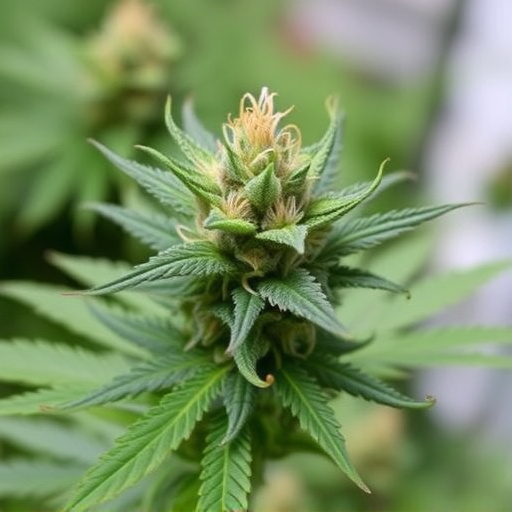
Cannabis plants, like many others, thrive in specific environmental conditions. The ideal climate for cannabis cultivation varies according to strain, with different varieties requiring distinct temperatures and humidity levels. For instance, many popular best hybrid cannabis strains tend to favor cooler environments, preferring a moderate temperature range between 65-75°F (18-24°C) during the vegetative phase. These conditions promote robust growth and flavorful profiles. Conversely, some indica-dominant strains can flourish in slightly warmer temperatures, enhancing their dense, resinous characteristics.
Understanding these strain-specific climate requirements is crucial for cultivators aiming to produce top-quality cannabis. Adjusting environmental factors, such as temperature, humidity, and light intensity, allows growers to optimize the growth of various hybrid strains, ultimately affecting the final product’s aroma, taste, and potency.
In conclusion, the natural environment plays a pivotal role in shaping the quality of cannabis. Climate and geography significantly influence the growth and characteristics of various strains, from determining optimal temperatures for robust flowering to facilitating the development of distinct terpenes and cannabinoids that contribute to the desired effects. Understanding these environmental factors is essential for cultivators aiming to produce top-tier cannabis, including the cultivation of sought-after best hybrid cannabis strains. By carefully considering climate requirements and leveraging geographical advantages, cannabis producers can consistently deliver high-quality products that cater to diverse consumer preferences.

